Popular cameras for backpacking that offer great quality of images.
A camera for backpacking is not just a luxury, it's a necessity. It allows you to capture the beauty of nature and preserve those memories for a lifetime. So, if you're planning a backpacking trip, be sure to invest in a good DSLR, mirrorless or point and shoot camera.
Remember, weight, durability, lens selection, usability, battery life, and cost are all important factors to consider when choosing the best camera for camping.
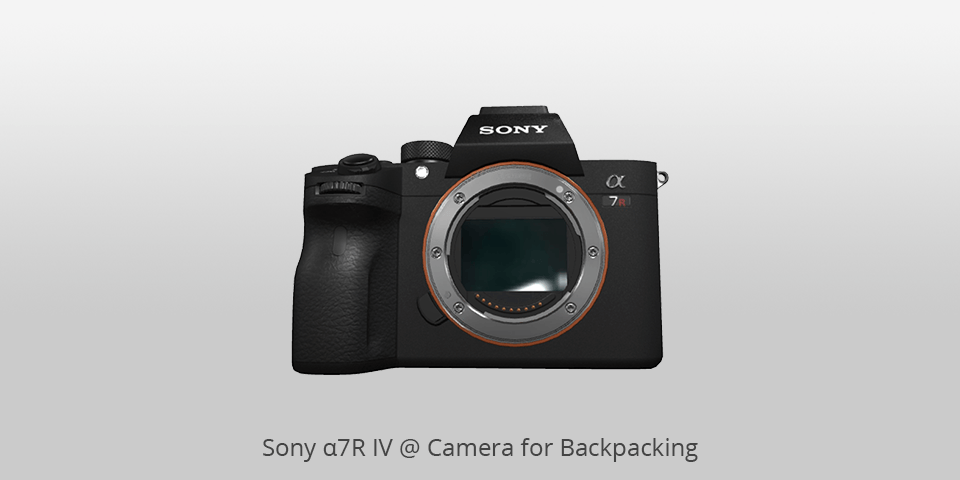
Type: Mirrorless | Megapixels: 61MP | Max continuous shooting speed: 10 fps | Weather sealing: Yes
One of the main advantages of this hiking camera is its excellent resolution. With a 61-megapixel full-frame sensor, you can expect sharp, high-resolution images with lots of detail and color depth. I was really impressed with the colors, which came out rich and vibrant without appearing overly saturated.
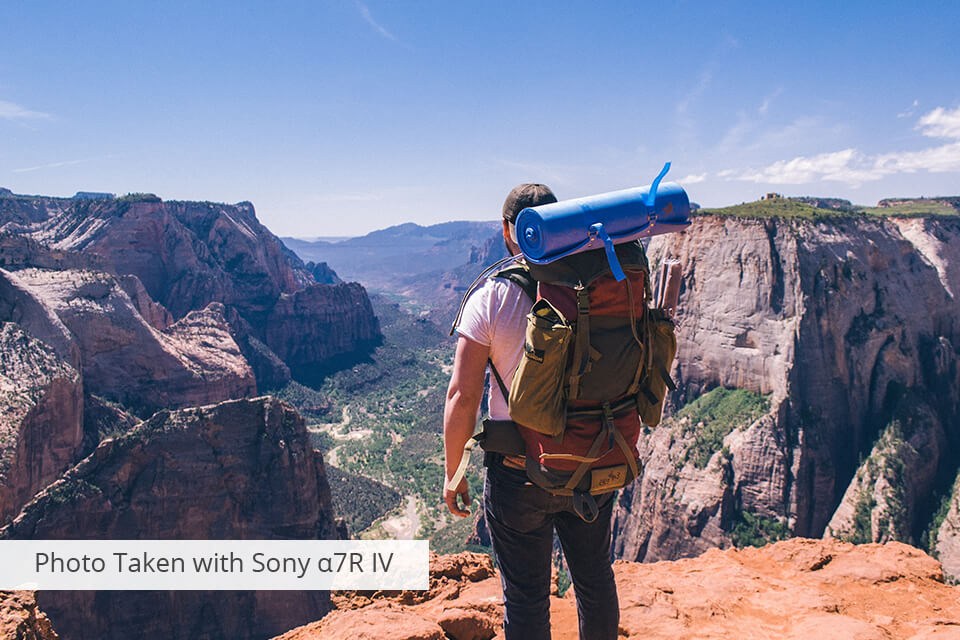
Another advantage of the Sony α7R IV is its fast lens, which is capable of shooting at up to 10 frames per second in RAW mode with AF tracking. This is a great feature for speedy action shots, and I found it really useful when photographing wildlife.
The camera also has an impressive battery life for a camera of its size, able to get up to 670 shots from a single charge. And it's weather-sealed for use in both rain and dust, which is essential when you're out in the elements.
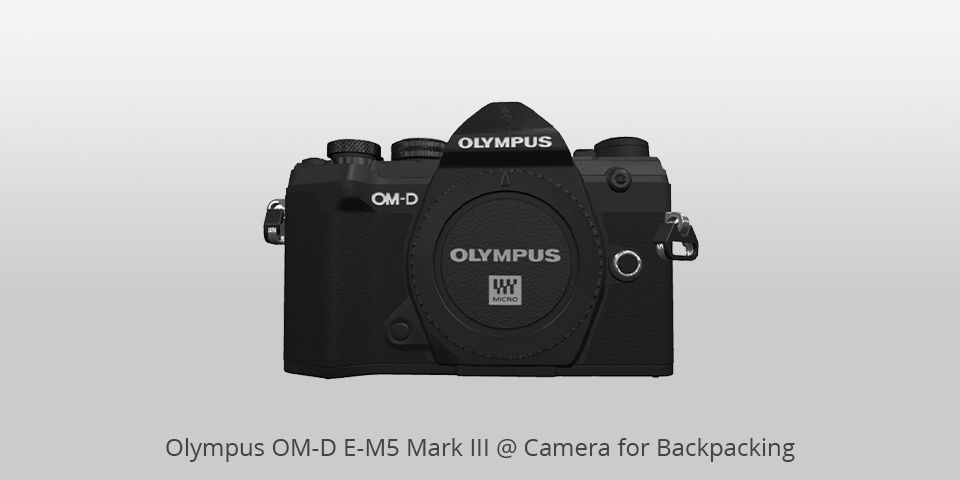
Type: Mirrorless | Megapixels: 20MP | Max continuous shooting speed: 10 fps | Weather sealing: Yes
Well, as a photographer who has been in the industry for quite some time now, I must say that the Olympus OM-D E-M5 Mark III is a pretty decent camera for backpacking. It's lightweight, compact and has some pretty impressive features that make it stand out from other cameras in its category.
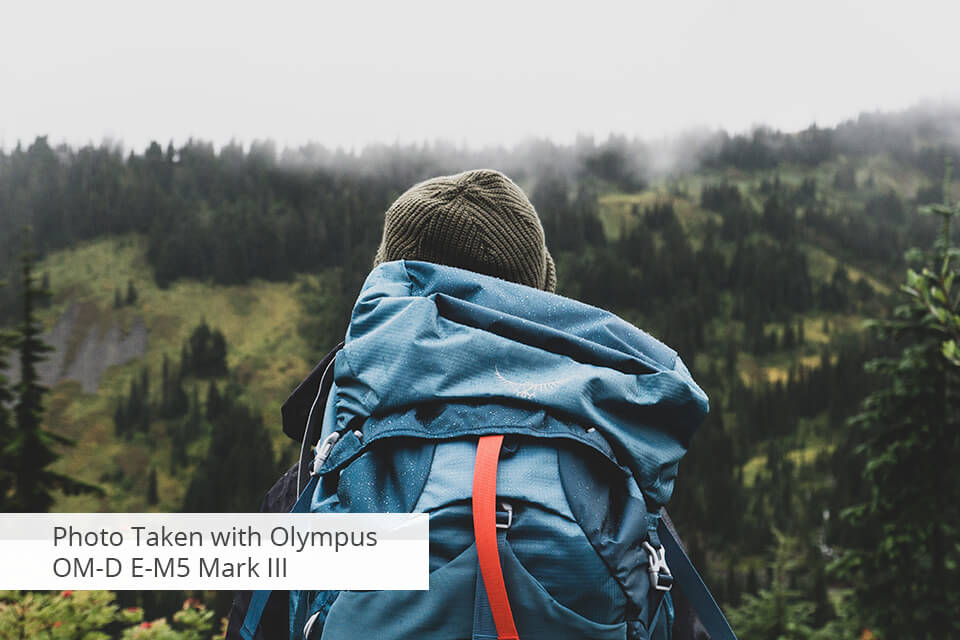
One of the main advantages of this Olympus camera is its size. It's small enough to be easily carried around on long hikes or camping trips, without weighing you down.
Additionally, it has a lot of features that are usually only found in larger and more expensive cameras. The six configurable buttons on the camera, as well as the customizable button on the lens, make it very user-friendly and easy to navigate.
One of the disadvantages of this camera, however, is its shallow depth of field. This is due to its smaller Micro Four Thirds sensor, which is not as large as those found in full-frame cameras. This can limit the creative options available to photographers who prefer a shallower depth of field.
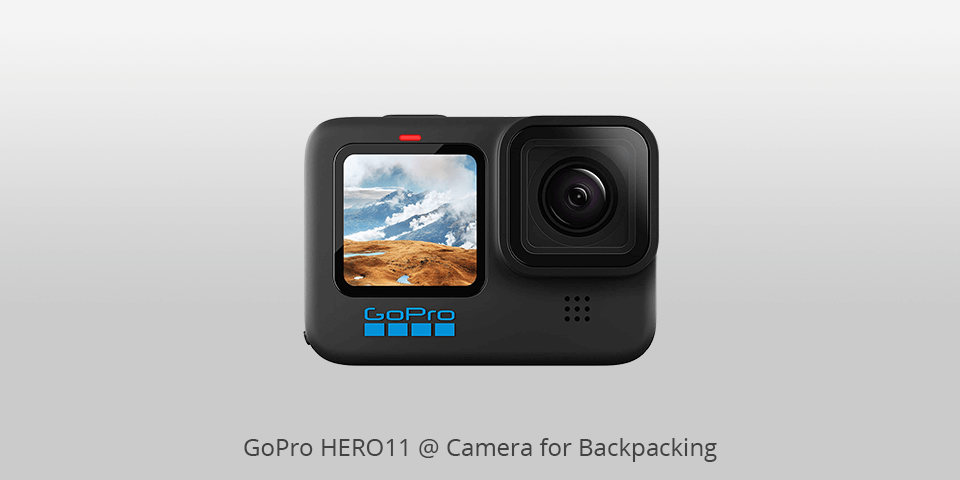
Type: Action | Megapixels: 20MP | Max continuous shooting speed: 60 fps | Weather sealing: Yes
As a photographer with years of experience, I have to say that the GoPro HERO11 camera is one of the best cameras for backpacking out there. It's incredibly light, easy to use, and comes with a variety of features that make it a great choice for capturing some of the best footage on your adventures.
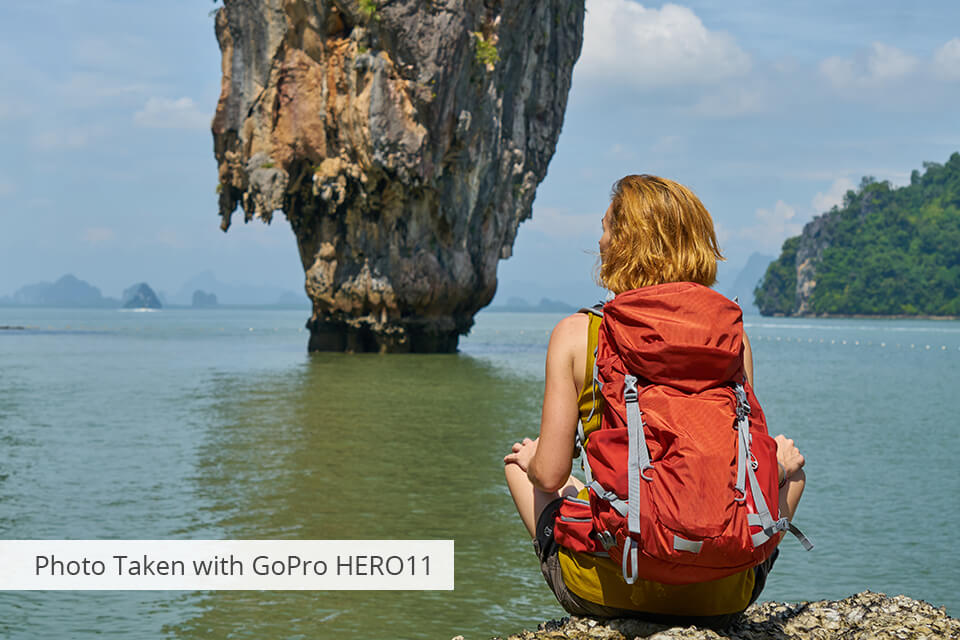
One of the biggest advantages of the GoPro HERO11 is its video stabilization. It's one of the best stabilization systems I've seen on a camera this size, and it really helps to keep your footage smooth and steady even when you're moving around a lot. It's also weather-resistant, so it can withstand some tough conditions and keep your camera safe.
One of the biggest disadvantages of this GoPro camera is its battery life. The camera is known for depleting batteries very quickly, so it's a good idea to take along extra batteries or a battery pack if you're planning on using the camera for extended periods of time.

Type: Compact | Megapixels: 20MP | Max continuous shooting speed: 30 fps | Weather sealing: Yes
First off, this camera is a bridge camera with a large zoom lens, making it perfect for backpacking. It's packed with features to help take your photography to the next level, including a touch screen, headphone jack, Cinema 4K, longer zoom, internal ND filters, unlimited 4K recording, and 4K image stabilization.
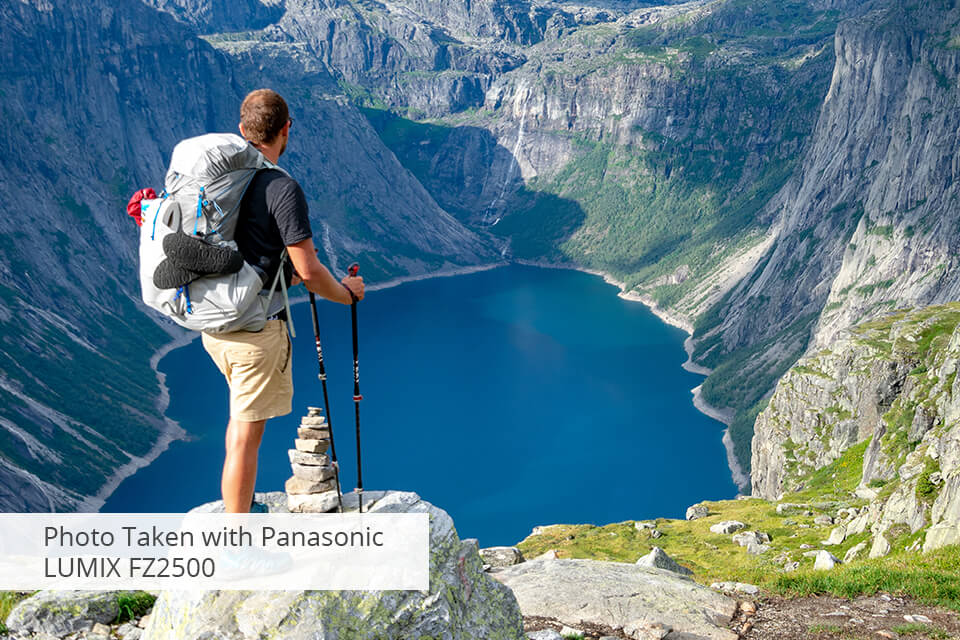
One of the standout features of this camera for camping is one-inch 20-megapixel sensor, giving it a higher resolution than typical super zooms. Plus, it's coupled with a bright f/2.8-4.5 Leica-branded zoom lens that delivers a reach of 480mm optically. That's a lot of optical reach, and it means the FZ2500 can produce sharp images even in low light.
However, one of the downsides of this camera is its bulkiness. It's not the lightest camera out there, so it may not be the best choice if you plan to do a lot of walking or hiking while on your adventure.
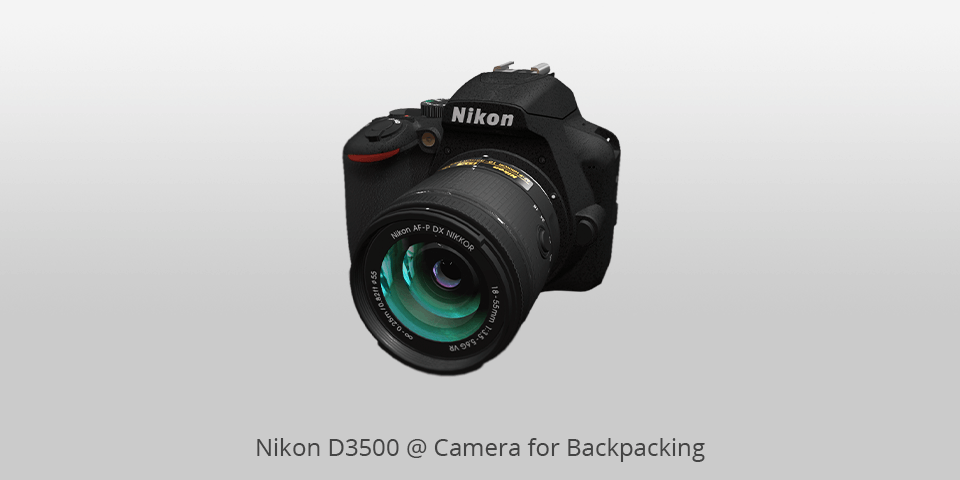
Type: DSLR | Megapixels: 24MP | Max continuous shooting speed: 5 fps | Weather sealing: No
Nikon D3500 has a long battery life, which is essential when you're out in the wilderness for a long time. It also has an APS-C sensor, which offers better image quality than other entry-level DSLRs. Its autofocus is also fast and accurate, which is important when shooting in low-light situations.
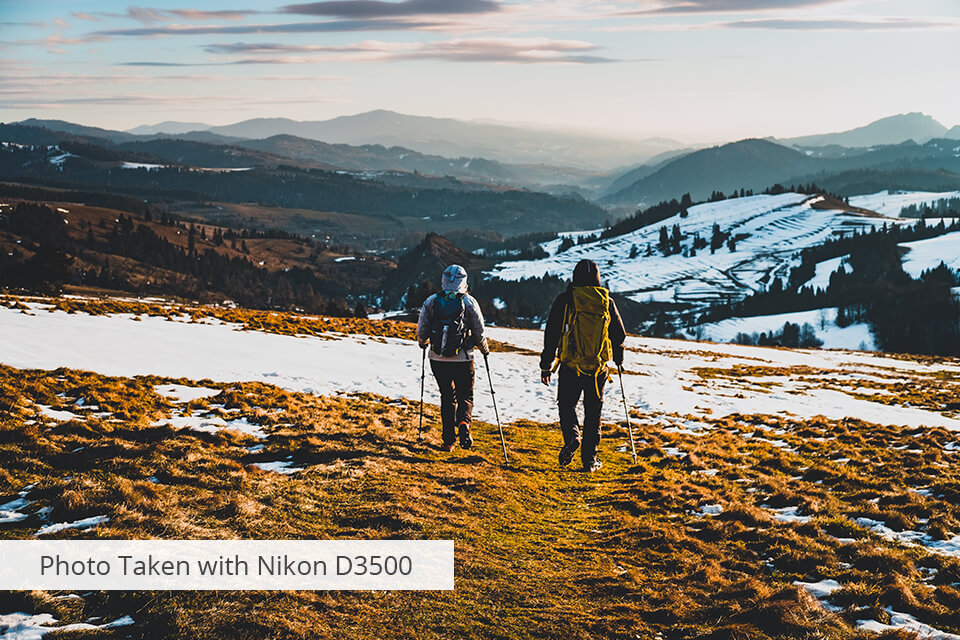
Another advantage of the D3500 is its 'Guide Mode', which can walk beginners through everything they need to know in order to start taking better photos. This feature is especially useful for those who are just starting out in photography.
The camera also offers a lag-free optical viewfinder, which is important for getting the best possible shot every time.
However, the D3500 does have some limitations. This camera for hiking lacks a touchscreen function, which can make adjusting settings on the fly a bit difficult. Additionally, it is not weather-sealed, which means it may not be suitable for use in rainy or humid climates.
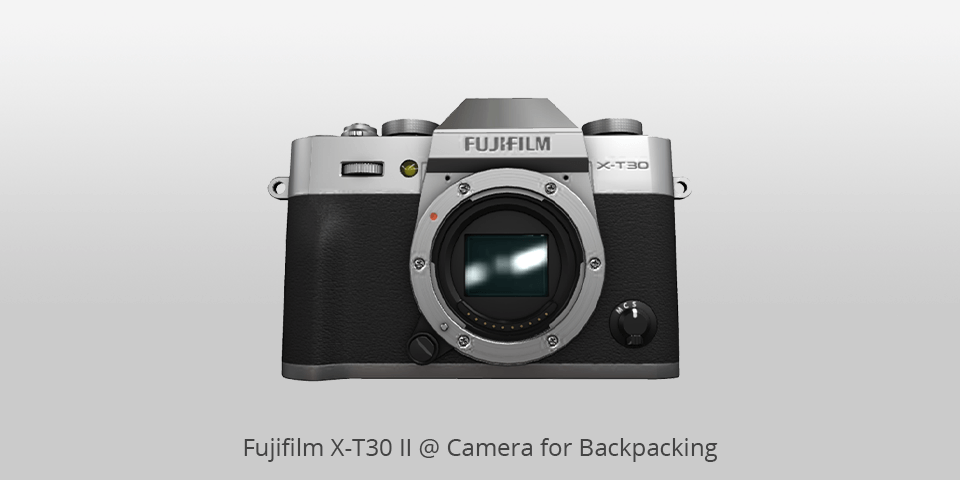
Type: Mirrorless | Megapixels: 26MP | Max continuous shooting speed: 8 fps | Weather sealing: No
One of the main advantages of this Fuji camera is its image quality. It has a 26-megapixel APS-C sensor that delivers excellent detail and vibrant colors.
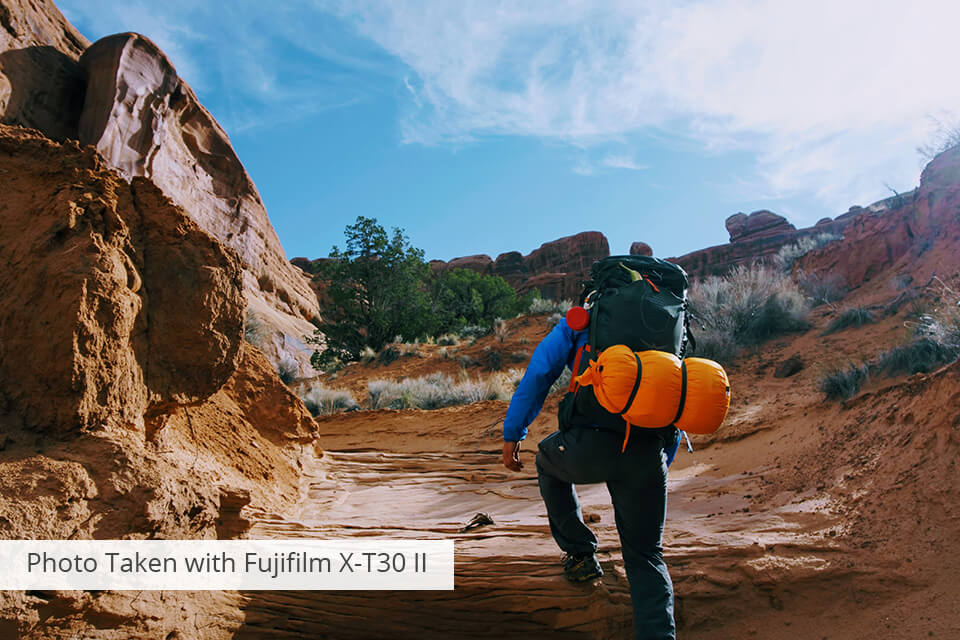
Being one of the best cameras for backpacking, it also has a wide dynamic range, which is crucial for capturing backcountry scenes with lots of contrasts. The X-T30 II can shoot in both full HD and 4K resolution, making it great for creating high-quality video content as well.
However, there are a few drawbacks to this camera. One of them is its battery life, which can be a bit short when shooting in burst mode or recording video. It also takes a bit of time to write files to the memory card, which can be frustrating when you're trying to capture a lot of shots in a short amount of time.
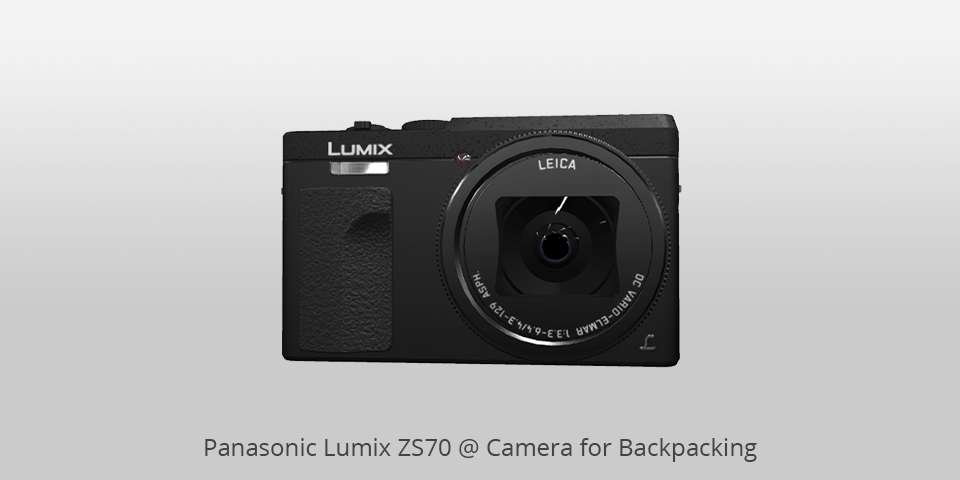
Type: Compact | Megapixels: 20MP | Max continuous shooting speed: 10 fps | Weather sealing: Yes
Firstly, I have to say that this camera is a great choice for most people's needs. It's an advanced compact camera with a large optical zoom, excellent image quality and full manual controls.
One of the main characteristics of this camera is its small size, making it easy to carry around on your travels. The battery life is also impressive, so you won't have to worry about constantly recharging it.
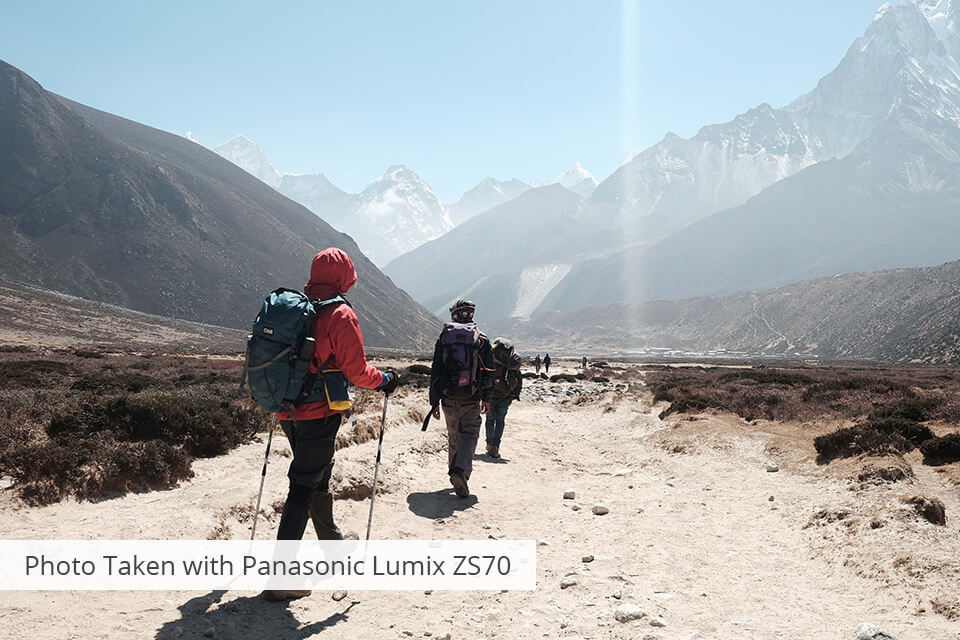
The Lumix ZS70 also has magnificent Wi-Fi capabilities and 4K video recording, which is fantastic for capturing high-quality footage. It's also great for taking photos in low light, thanks to its fast AF system and the ability to adjust the ISO settings.
However, there are some downsides to the Panasonic Lumix ZS70. Its small sensor and average maximum aperture mean that it struggles to capture outstanding stills when there's a lot of light around. While it's great for capturing footage in 4K, it's not the most sophisticated camera for hiking on the market when it comes to professional-level work.
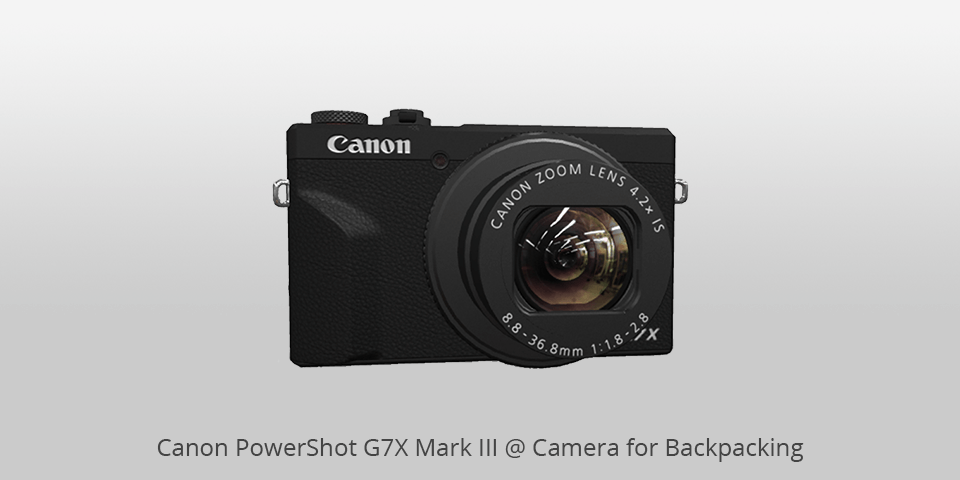
Type: Compact | Megapixels: 20MP | Max continuous shooting speed: 30 fps | Weather sealing: No
Firstly, I must say that this Canon camera is an excellent choice for backpackers who are looking for a compact camera that can produce high-quality images. The camera's touchscreen is also a great feature, making it easy to control the camera from a distance and to take fast selfies.
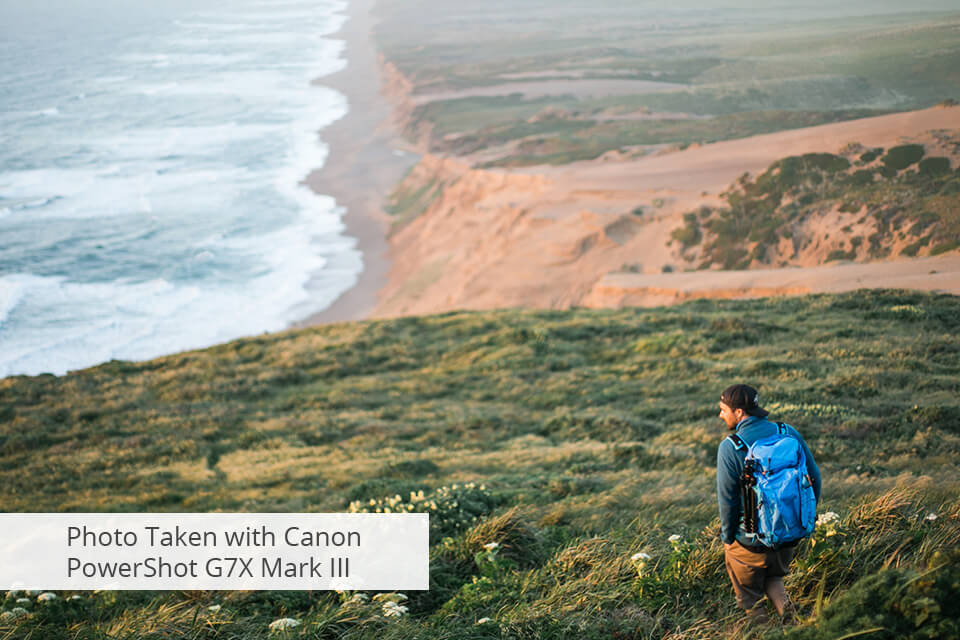
The camera's wide range of ISO values and the ability to shoot in RAW or JPEG formats make it a great choice for photographers who want to experiment with their shots. The auto ND filter is also a fantastic feature for nighttime shots.
One of the main problems with this hiking camera is the slight lag between pressing the button and the camera actually taking the shot. This can be frustrating for photographers who are not used to using a touchscreen.
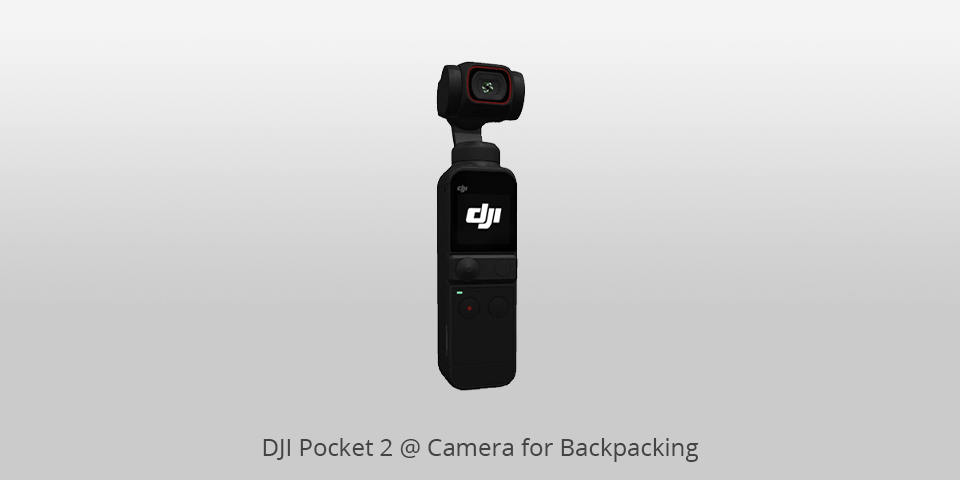
Type: Action | Megapixels: 60MP | Max continuous shooting speed: 30 fps | Weather sealing: Yes
Firstly, I must say that this camera for backpacking is a great option for those who love to capture their travel experiences while on the go. It's compact, lightweight, and easy to use, and it has everything you need to record high-quality video and photos.
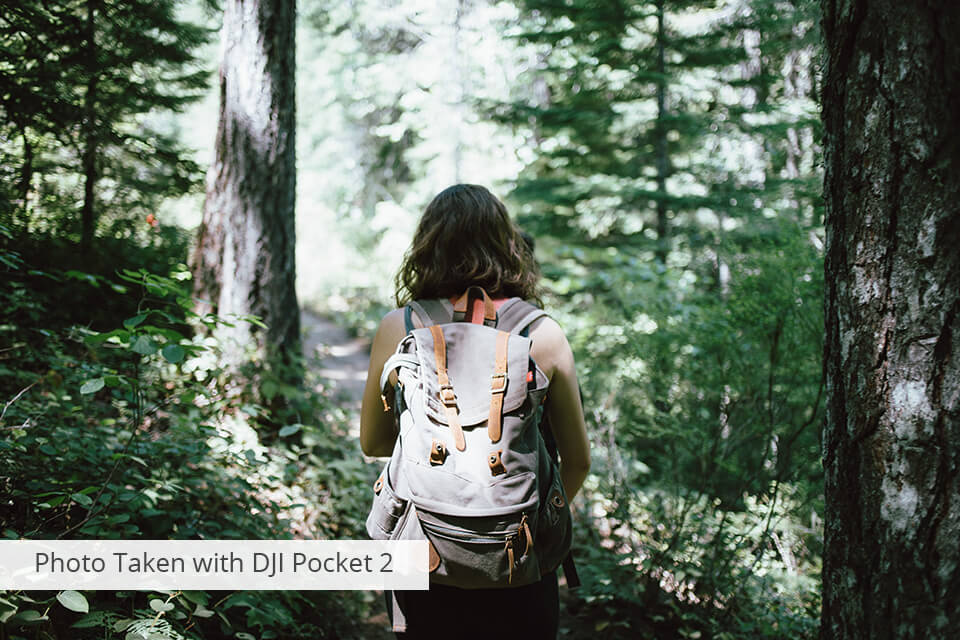
One of the biggest advantages of the DJI Pocket 2 is its 3-axis stabilized gimbal, which helps to reduce camera shake when recording footage. This feature is particularly useful when you're walking or moving around, as it smooths out a lot of the movement.
However, there are some disadvantages to this GoPro alternative. One of the main issues is that it can be difficult to connect your phone to the camera, which is necessary to activate the DJI Mimo app. This can be frustrating and time-consuming, especially when you're trying to capture a moment quickly.
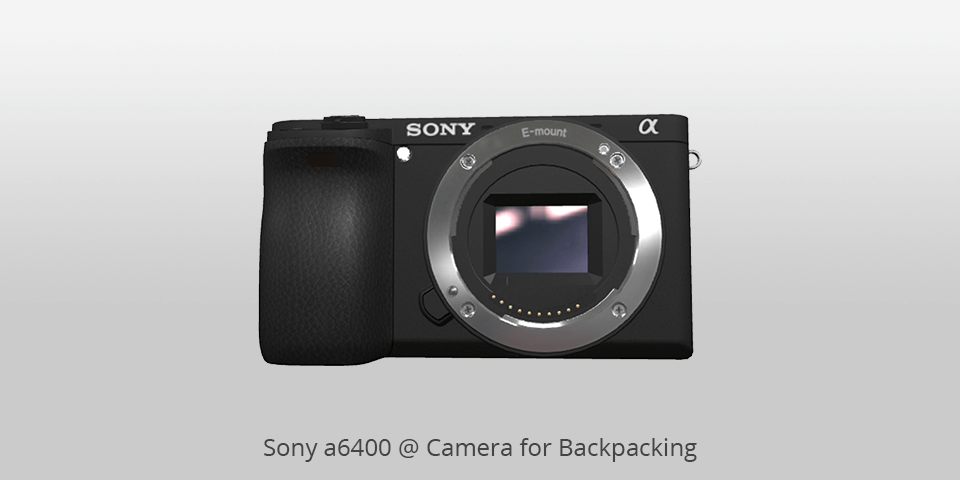
Type: Mirrorless | Megapixels: 25MP | Max continuous shooting speed: 11 fps | Weather sealing: Yes
As a photographer who has spent countless hours backpacking and capturing the beauty of the great outdoors, I must say that the Sony a6400 is a fantastic camera for backpacking. It's lightweight and easy to use, making it the perfect camera to bring along on your travels.
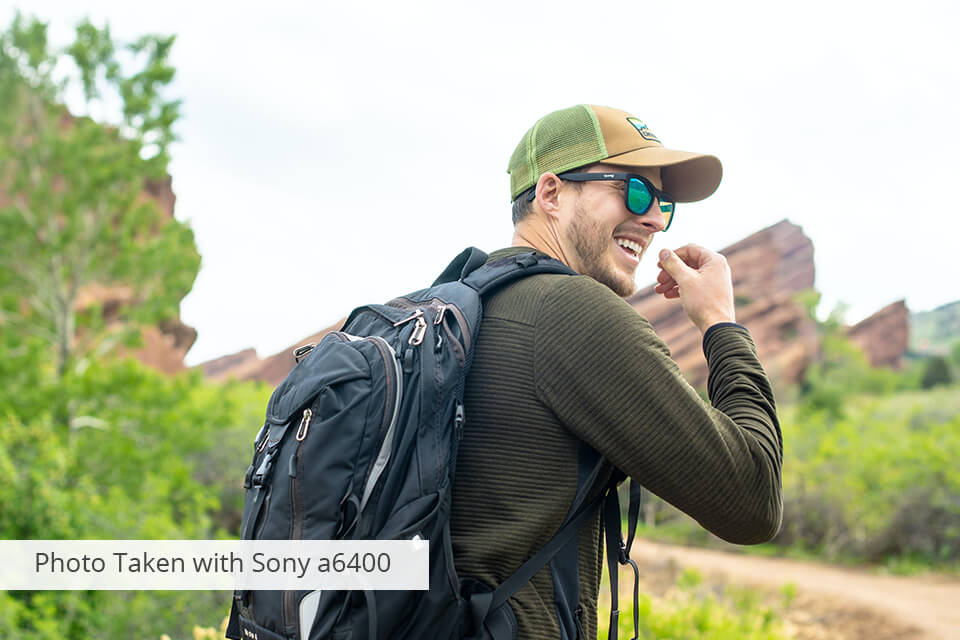
One of the main advantages of the Sony a6400 is its autofocus system, which is both fast and accurate. It has a wide range of lenses available, making it easy to find the perfect lens for any situation.
One of the main disadvantages of this mirrorless camera for travel is its battery life. It's not very long, and it can be a pain to change the batteries when you're on a hiking trip or camping out overnight. However, this problem can be easily solved by carrying a backup battery.
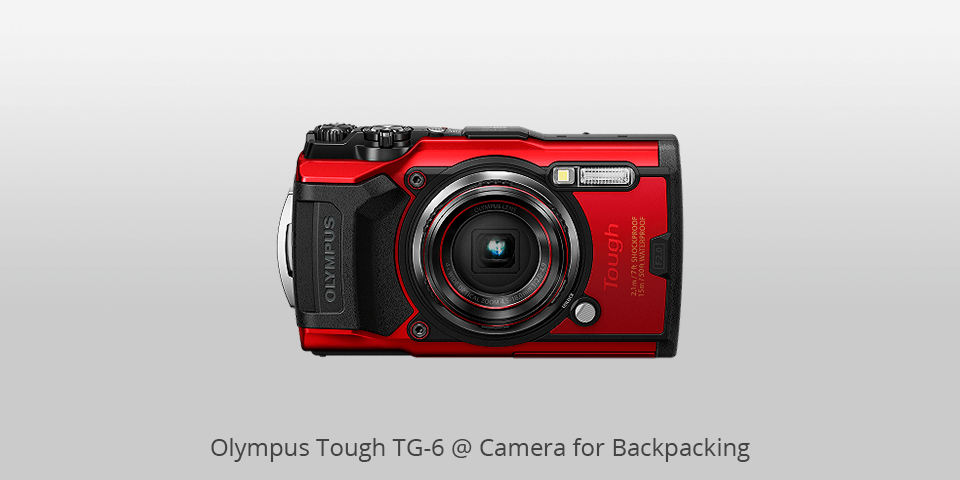
Type: Compact | Megapixels: 12MP | Max continuous shooting speed: 20 fps | Weather sealing: Yes
The Olympus Tough TG-6 is a rugged camera that can handle the harshest conditions and keep taking photos even if it gets dirty or is in the middle of a storm. It's waterproof down to 50 feet and dustproof, which makes it perfect for outdoor adventures.
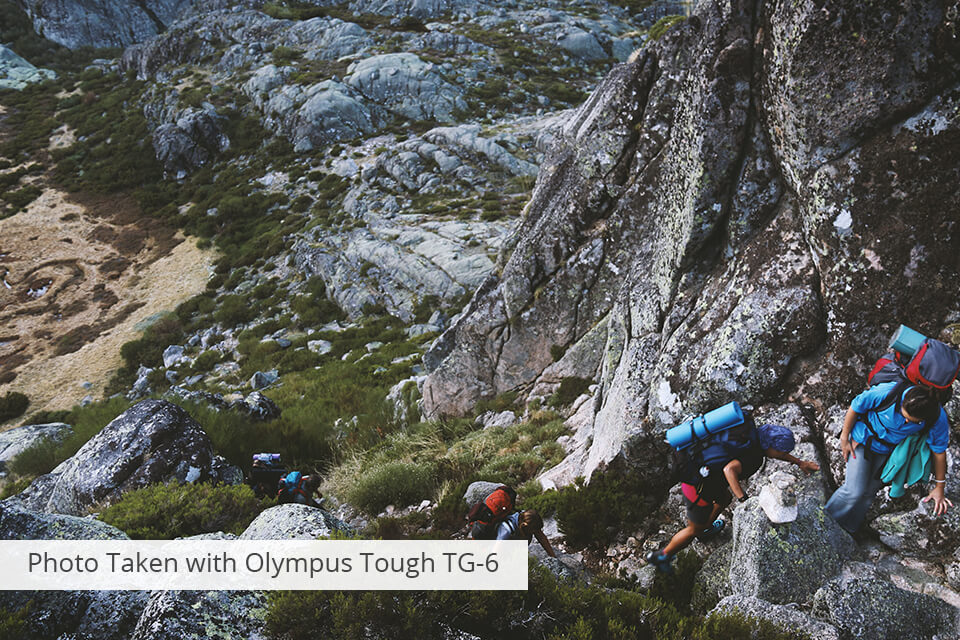
This camera for camping has a back-lit high-speed CMOS sensor and powerful TruePic VIII image processor, which provides rich and accurate colors. It also has a good range of camera modes, which makes it very versatile for many different situations.
However, there are also some disadvantages to this camera. The battery life of the TG-6 is not as long as I would like it to be. It has an autonomy of up to 340.0 shoots, which is quite satisfactory and is CIPA certified. But, when repeatedly recording at the maximum time of 29 minutes, the battery life becomes limited.
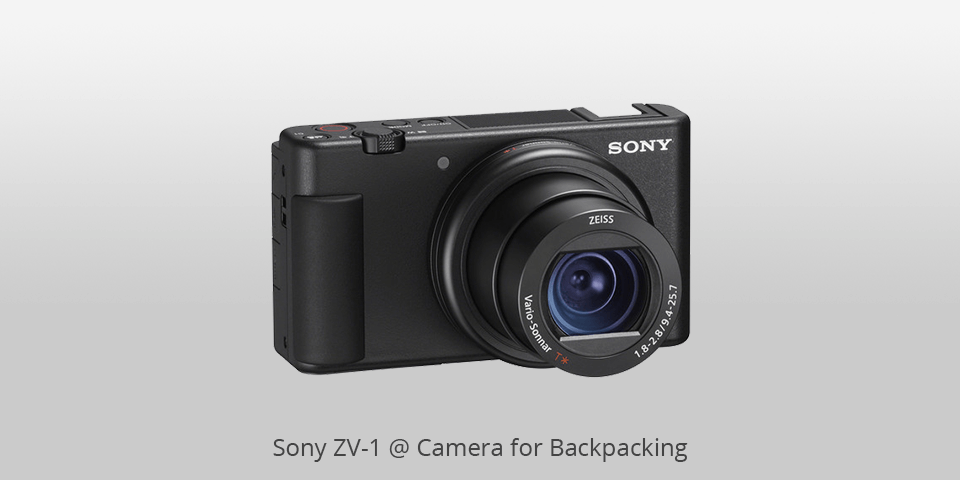
Type: Compact | Megapixels: 20MP | Max continuous shooting speed: 24 fps | Weather sealing: No
Despite its size, it doesn't compromise on image quality – in fact, the ZV-1 has excellent image quality and color science, especially when shooting in RAW. The autofocus system is also top-notch, and it can take 4K video with ease.
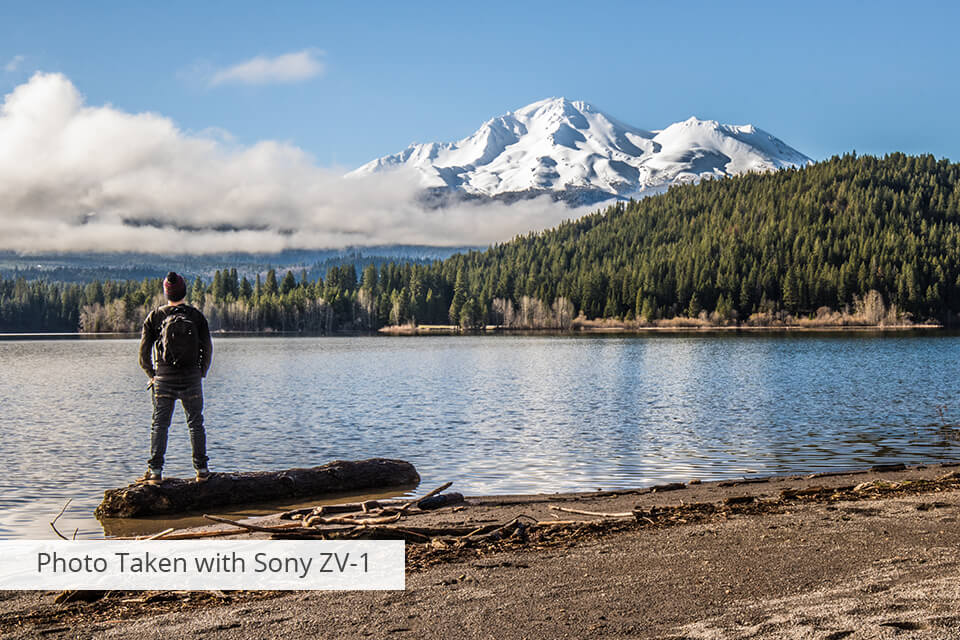
One of the standout features of this vlogging camera is its ability to shoot slow-motion footage at 960fps. This is fantastic for capturing those moments of movement in nature, like waterfalls or animals in motion. The audio quality is also good, with a built-in mic that can pick up voices well, especially in group settings.
However, there are a few disadvantages to this hiking camera. As you raise the ISO, the photos become less sharp and noisier, so it's not ideal for low-light situations. Also, while the built-in mic is good, it's not a replacement for an external microphone if you want to add background music or if the speaker is a few feet away from the camera.
| IMAGE | NAME | FEATURES | |
|---|---|---|---|

|
Sony α7R IV
OUR CHOICE
|
CHECK PRICE → | |

|
Olympus OM-D E-M5 Mark III
COMPACT
|
CHECK PRICE → | |

|
GoPro HERO11
WATERPROOF
|
CHECK PRICE → |
When choosing the best camera for backpacking, consider weight and size, image quality, battery life, durability, the software used to create digital images, and price. With these factors in mind, you'll be able to find the perfect camera to capture your adventures.
Weight and size. You want a camera that is lightweight and small, so it doesn't add too much weight to your backpack and tire you out while hiking. But don't sacrifice image quality for portability.
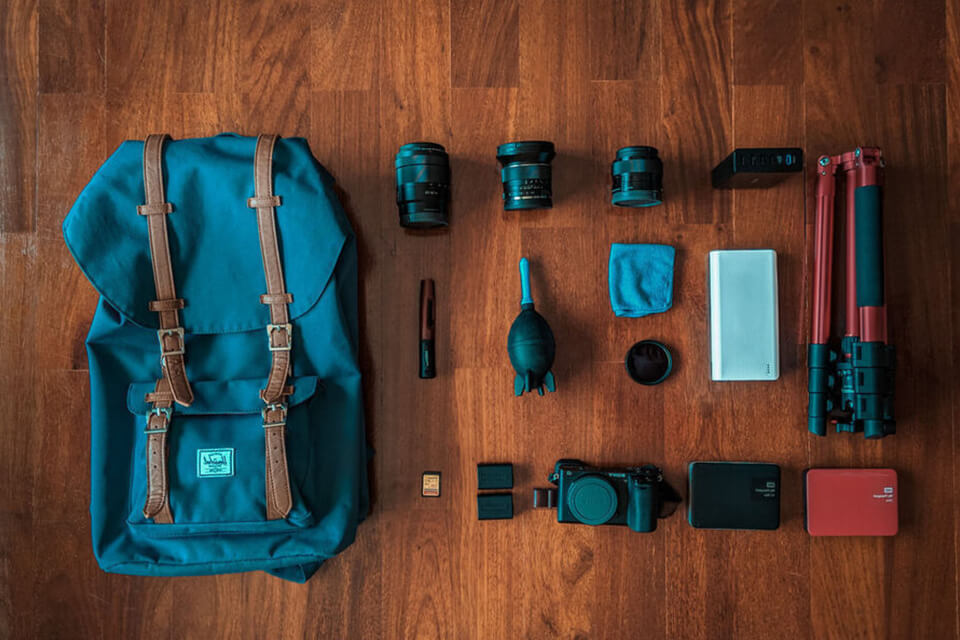
Image quality. There are several factors to consider, such as sensor and pixel size, resolution, dynamic range, and noise and signal-to-noise ratio. However, megapixels aren't the most important factor in image quality. It's also essential to have low light camera with high-quality optics, fast autofocus systems, and the ability to take good pictures in low-light conditions.
Battery life. You don't want to run out of battery while on a long hike or trip. Look for hiking cameras that can get you through at least 400 shots between charges and can be recharged with a USB cable.
Usability. Buy a camera that's easy to use and has intuitive controls, especially if you're wearing gloves or if you're in a hurry. A camera that can quickly power up, focus, and shut down is essential.
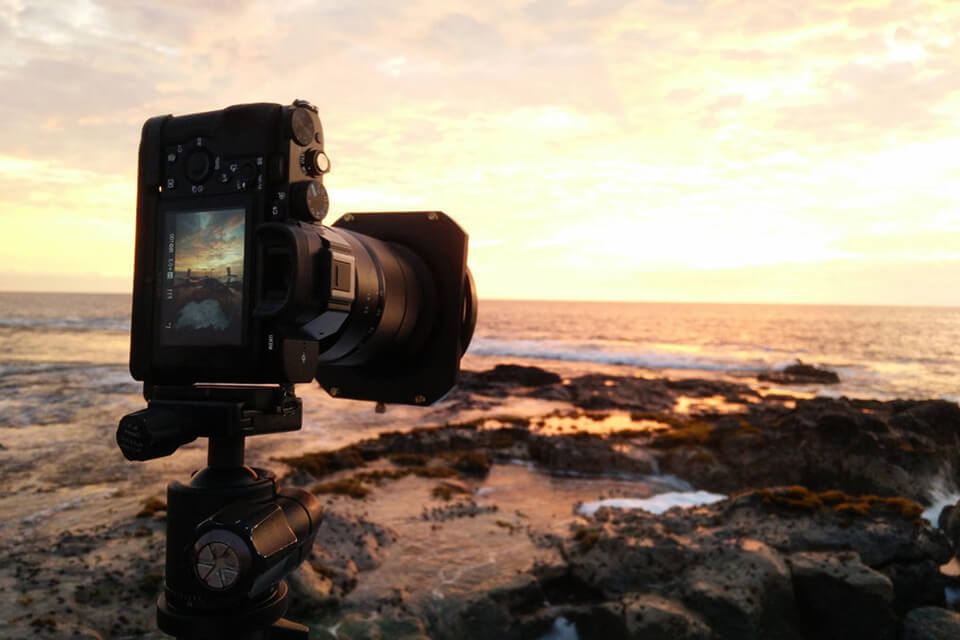
Durability. You want a camera that can withstand the elements and hold up over time. Look for waterproof cameras, a full-frame sensor, an excellent lens, and a high-resolution screen.
Price. You don't want to break the bank, but you also don't want to sacrifice image quality for affordability. Look for cameras in the $400 – $1000 range, and don't forget to consider insurance if you're investing in high-end equipment.